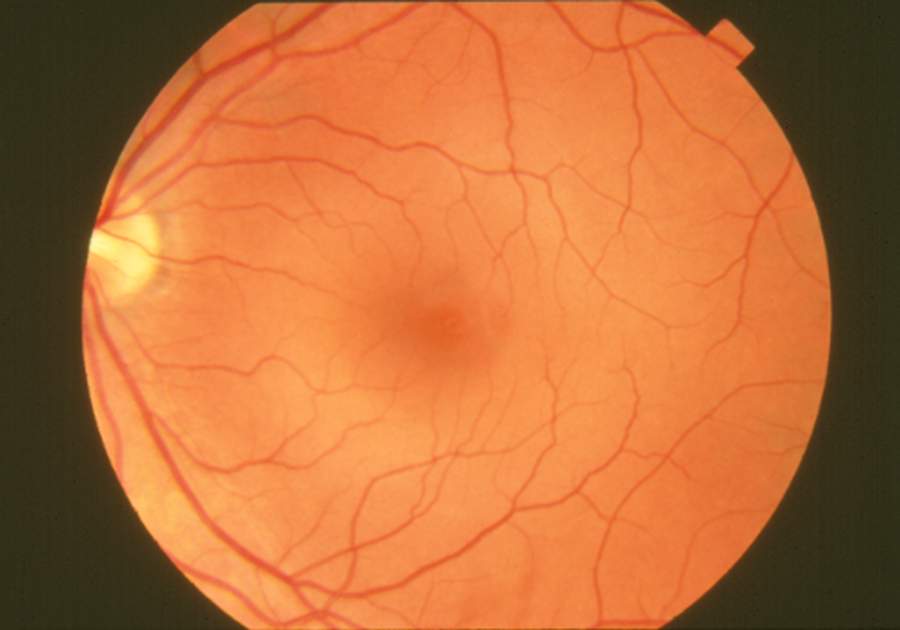현재 위치:홈 > 뉴스현황 > Press Events > CRISPR Prevents Begi...
저자: 업로드:2017-07-27 조회수:
A research team from the
Schepens Eye Research Institute of Massachusetts Eye and Ear has successfully
prevented mice from developing angiogenesis of the retina, the sensory tissue
at the back of the eye, using gene-editing techniques with CRISPR-Cas9.
Angiogenesis causes vision loss and blindness and is a feature of several
degenerative eye conditions, including proliferative diabetic retinopathy
(PDR), wet age-related macular degeneration (AMD), and retinopathy of
prematurity (ROP).
In a report published recently in Nature Communications in an article entitled “Genome Editing Abrogates Angiogenesis In Vivo”, the researchers present a novel gene-editing technique to prevent retinal angiogenesis, which could lead to the development of new therapies for eye conditions marked by pathological intraocular angiogenesis.
"We know that vascular endothelial growth factor receptor 2 (VEGFR2) plays an essential role in angiogenesis," explained senior study investigator Hetian Lei, Ph.D., assistant professor of ophthalmology at Harvard Medical School and assistant scientist at Schepens Eye Research Institute of Massachusetts Eye and Ear. "The CRISPR/Cas9 system can be utilized to edit the VEGFR2 gene, preventing intraocular pathological angiogenesis."

Even with the success of several VEGF-inhibiting agents in reducing neovascular growth and lessening vascular leakage in retinal diseases such as PDR and AMD, several therapeutic challenges remain—namely a need for sustained treatment and a modality to treat the sizeable number of patients who do not respond to anti-VEGF therapies.
Clinically, many vision
disorders present when blood vessels within the retina begin to grow new,
abnormal blood vessels on the surface of the retina. As the damage progresses,
these vessels can leak, rupture, or cause retinal detachment, leading to
impaired vision. In the current study, the investigators decided to use the
CRISPR/Cas9 system to target the VEGFR2 gene in mice, with the hope of preventing
the start of angiogenesis.
“...we report that a system of adeno-associated virus (AAV)-mediated clustered regularly interspaced short palindromic repeats (CRISPR)-associated endonuclease (Cas)9 from Streptococcus pyogenes (SpCas9) is used to deplete VEGFR2 in vascular endothelial cells (ECs), whereby the expression of SpCas9 is driven by an endothelial-specific promoter of intercellular adhesion molecule 2,” the authors wrote. “We further show that recombinant AAV serotype 1 (rAAV1) transduces ECs of pathologic vessels, and that editing of genomic VEGFR2 locus using rAAV1-mediated CRISPR/Cas9 abrogates angiogenesis in th